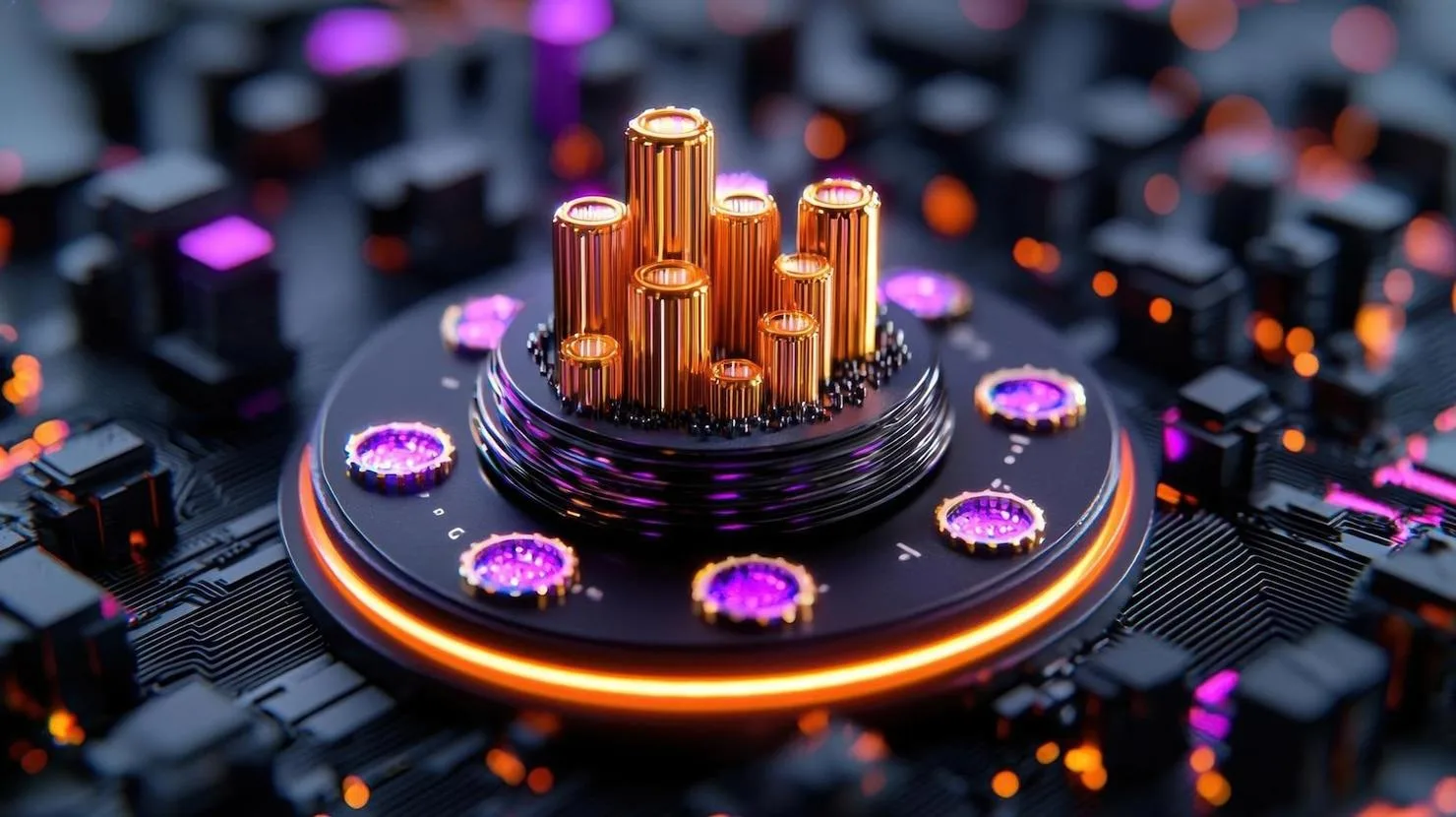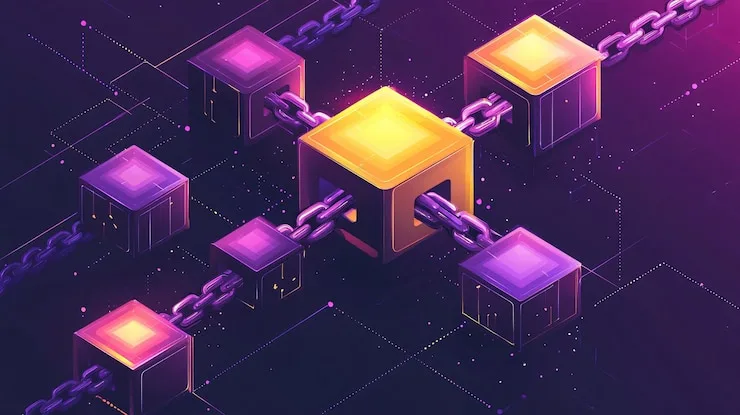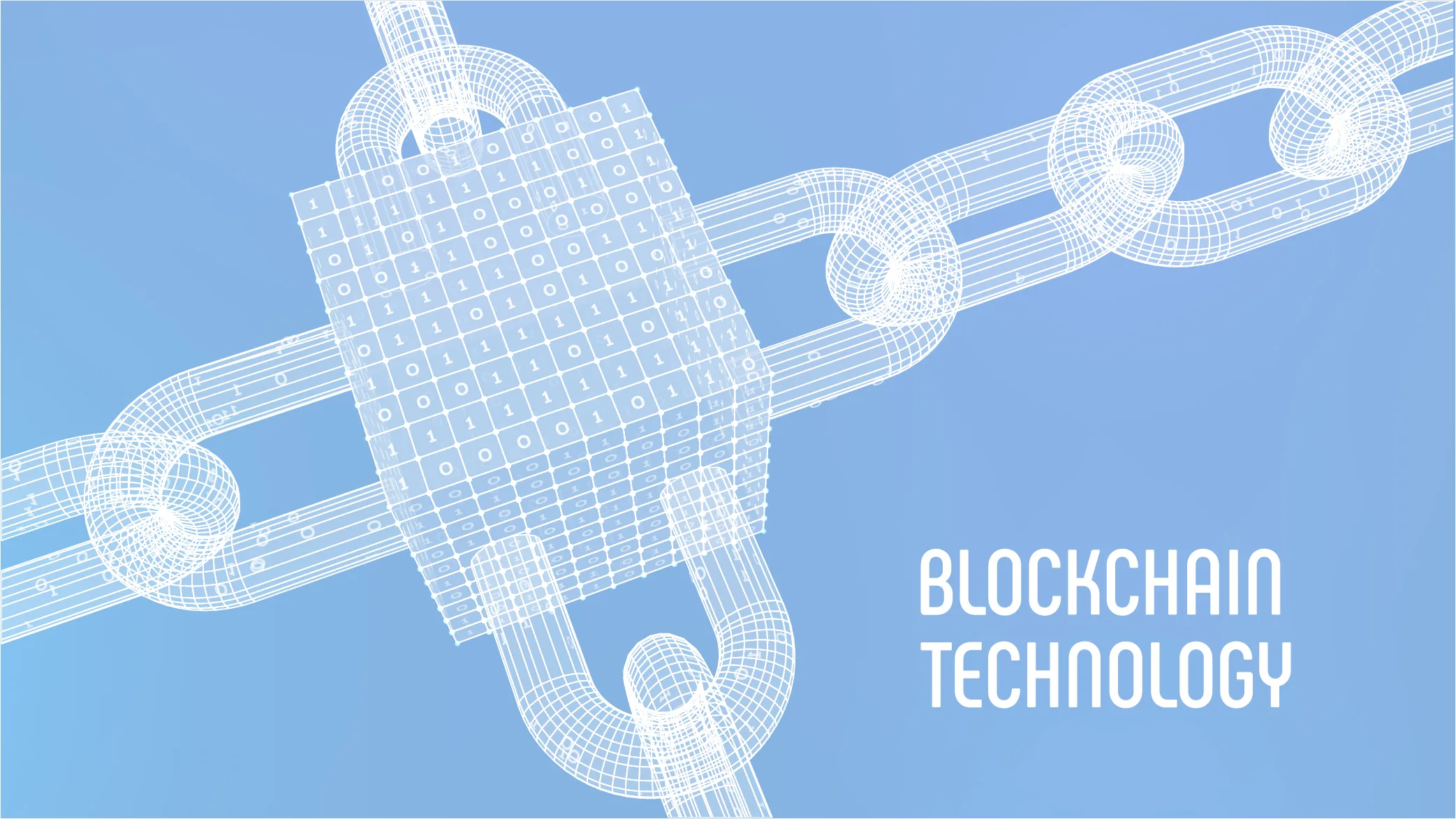- ntroduction to RWA Tokenization
- What is RWA Tokenization?
- The Evolution of Asset Ownership
- How RWA Tokenization Works
- Benefits of RWA Tokenization
- Challenges and Risks of RWA Tokenization
- Real-World Applications of RWA Tokenization
- Case Studies of Successful RWA Tokenization
- The Future of RWA Tokenization
- How Beginners Can Get Started with RWA Tokenization
- Frequently Asked Questions
ntroduction to RWA Tokenization
The financial world is undergoing a massive transformation, and at the heart of it lies RWA Tokenization. While cryptocurrencies and decentralized finance (DeFi) grabbed early headlines, a quieter revolution is making traditional assets—like real estate, commodities, and even fine art—available on the blockchain. This process, called tokenization, is bridging the gap between physical assets and digital ownership.
For beginners, the concept might sound overwhelming, but the truth is that RWA Tokenization is simply a new way of representing ownership. Instead of keeping paper contracts or relying on middlemen like banks, assets can now be digitally divided, secured, and traded worldwide.
In this article, we’ll explore what RWA Tokenization really means, why it’s important, how it works, and what the future holds for investors and industries across the globe.
What is RWA Tokenization?
Breaking Down “RWA” – Real World Assets
The term “RWA” stands for Real-World Assets. These are tangible or traditional financial assets that exist outside the blockchain. Common examples include:
-
Real estate properties (homes, office buildings, land)
-
Commodities (gold, oil, agricultural products)
-
Art and collectibles (paintings, rare wines, luxury items)
-
Financial instruments (bonds, stocks, loans)
These assets hold intrinsic value in the physical world and have long been part of traditional investment markets.
What Does “Tokenization” Mean?
Tokenization is the process of creating a digital representation of an asset on the blockchain. Instead of one person holding a single legal document for ownership, the asset can be divided into multiple tokens, each representing a share.
For instance, imagine a $1 million commercial property. Traditionally, only wealthy investors or institutions could afford to buy it outright. With tokenization, the property can be split into 1 million tokens, each worth $1. This allows anyone—even small investors—to buy a piece of it.
This simple yet powerful concept is changing who can access wealth-building opportunities.
The Evolution of Asset Ownership
Traditional Asset Ownership vs. Digital Ownership
For centuries, asset ownership has relied on paperwork, legal systems, and trusted third parties. Buying property, for example, requires deeds, government registration, and intermediaries like banks and notaries. These steps provide security but also create barriers such as high costs, slow processes, and limited accessibility.
Digital ownership, on the other hand, removes many of these barriers. Through blockchain technology, ownership can be verified, transferred, and stored digitally in a secure and transparent manner. Instead of needing multiple intermediaries, transactions are validated by decentralized networks, making them faster and more efficient.
This shift marks a new era where ownership is not just about possession but about digital proof, security, and accessibility.
How Blockchain Changed the Game
Blockchain technology has disrupted finance in the same way the internet disrupted communication. Its core features—decentralization, immutability, and transparency—make it ideal for recording asset ownership.
Unlike traditional systems, blockchain doesn’t rely on a single authority. Instead, it operates through a distributed ledger where every transaction is recorded and verified by multiple participants. This prevents tampering, reduces fraud, and ensures everyone has access to the same information.
By enabling assets to exist in digital form, blockchain paved the way for RWA Tokenization, unlocking new opportunities for investors and industries worldwide.
How RWA Tokenization Works
The Role of Blockchain in Tokenization
At its core, blockchain is the backbone of RWA Tokenization. When a real-world asset is tokenized, its details—such as ownership rights, value, and transaction history—are securely recorded on the blockchain.
Each token represents a fraction of the asset, and ownership can be transferred just like sending cryptocurrency. Because blockchains are public and tamper-proof, anyone can verify ownership records without needing a central authority.
This ensures a high level of trust, transparency, and efficiency in the entire process.
Smart Contracts and Security Features
A key component of tokenization is the use of smart contracts. These are self-executing programs stored on the blockchain that automatically enforce rules and agreements.
For example, if an investor purchases a token representing part of a building, the smart contract ensures that ownership rights are automatically transferred and recorded without needing lawyers or brokers.
Smart contracts also enhance security by reducing human error and minimizing the risk of fraud. They act as digital guardians, making sure that transactions happen exactly as intended.
Examples of Tokenized Real-World Assets
RWA Tokenization isn’t just theory—it’s already happening across industries. Some examples include:
-
Real Estate: Platforms allow investors to purchase fractions of luxury apartments, commercial spaces, and land plots.
-
Art and Collectibles: Masterpieces like Picasso paintings and rare collectibles have been tokenized, allowing global investors to own a share.
-
Commodities: Gold, silver, and even carbon credits are being tokenized, making them easier to trade digitally.
-
Bonds: Governments and corporations are experimenting with tokenized bonds to improve accessibility and liquidity.
These examples highlight the versatility of tokenization and its ability to transform nearly any asset into a borderless, tradeable digital form.
Benefits of RWA Tokenization
RWA Tokenization isn’t just a buzzword—it provides tangible advantages that make investing more inclusive, efficient, and secure. Here are the main benefits that make it so promising:
Accessibility and Fractional Ownership
One of the most revolutionary aspects of RWA Tokenization is fractional ownership. In traditional markets, high-value assets like commercial real estate or fine art are out of reach for most people. Tokenization changes this by dividing an asset into smaller, affordable tokens.
-
Example: A $2 million property can be split into 2 million tokens, each worth $1.
-
This allows everyday investors to participate in opportunities previously reserved for institutions and high-net-worth individuals.
By lowering the entry barrier, tokenization makes investing in diverse asset classes more inclusive and democratic.
Transparency and Security
Blockchain’s transparent nature ensures that every transaction and ownership record is visible to all participants. This reduces fraud, eliminates hidden fees, and enhances trust between parties.
Moreover, tokenized assets are backed by smart contracts, which enforce rules automatically. Investors don’t need to rely on brokers or middlemen—they can trust the mathematical certainty of the blockchain.
Liquidity and Faster Transactions
Liquidity has always been a challenge for real-world assets. Selling property or artwork can take months, sometimes years. Tokenization solves this by enabling 24/7 trading of asset-backed tokens on digital marketplaces.
Instead of waiting weeks for paperwork, investors can sell their tokenized shares instantly to other buyers worldwide. This creates a much more fluid and dynamic investment ecosystem, where capital can flow freely.
Challenges and Risks of RWA Tokenization
While the benefits are groundbreaking, tokenization isn’t without challenges. Understanding the risks is crucial before diving in.
Legal and Regulatory Barriers
The biggest challenge is the lack of clear regulations. Since RWA Tokenization merges traditional finance with blockchain, governments are still figuring out how to classify, regulate, and tax these assets.
-
Some countries see it as a positive innovation and encourage experimentation.
-
Others treat tokenized assets as securities, applying strict rules that limit adoption.
Without global standards, the legal landscape remains complex, making compliance a significant hurdle.
Security and Fraud Concerns
While blockchain itself is secure, platforms and intermediaries involved in tokenization may have vulnerabilities. Hacking, phishing attacks, and poor security measures can put investor funds at risk.
Additionally, not every tokenized project is backed by legitimate assets. Some fraudulent schemes have used “tokenization” as a buzzword to lure in investors. Beginners must carefully research before investing.
Market Adoption Hurdles
Adoption of RWA Tokenization depends on trust and education. Many traditional investors still hesitate to enter the blockchain world, viewing it as risky or overly complex.
Wider adoption will require:
-
Clearer regulations
-
User-friendly platforms
-
Success stories that prove its value
Until these factors align, RWA Tokenization will remain in an early growth phase.
Real-World Applications of RWA Tokenization
Despite challenges, real-world applications are growing fast, and several industries are already benefiting.
Real Estate
Real estate tokenization is one of the biggest success stories so far. Platforms now allow investors to buy shares in luxury apartments, commercial buildings, and vacation homes. This opens up the property market to global investors who can now diversify portfolios without huge capital.
Art and Collectibles
Fine art and rare collectibles have always been seen as exclusive investments. Tokenization has changed this by letting anyone own a fraction of a Picasso painting, a vintage wine collection, or even a rare sneaker.
This democratizes art ownership, turning cultural treasures into accessible investment vehicles.
Commodities and Natural Resources
Gold, oil, and agricultural products are increasingly being tokenized. Tokenized gold, for example, allows investors to buy digital gold tokens pegged to real reserves stored in vaults. This makes commodities easier to trade and more liquid.
Bonds and Financial Instruments
Governments and institutions are experimenting with tokenized bonds to reduce costs and improve efficiency. For instance, the World Bank issued blockchain-based bonds, proving that even large-scale financial instruments can benefit from tokenization.
Case Studies of Successful RWA Tokenization
To better understand how tokenization works in practice, let’s look at some real-world case studies where businesses have successfully implemented RWA Tokenization.
Real Estate Tokenization Platforms
One of the earliest and most successful use cases of tokenization has been in real estate.
-
Example: RealT (USA)
RealT allows investors to purchase tokenized shares of rental properties in the United States. Investors earn rental income proportionally based on the number of tokens they hold, which is automatically distributed via blockchain smart contracts. This has made property investment accessible to people across the globe. -
Example: BrickMark (Switzerland)
BrickMark completed one of the largest real estate tokenization deals in Europe, using blockchain to tokenize commercial properties worth hundreds of millions. This case shows how institutional investors are also embracing the model.
These platforms demonstrate that tokenized real estate is no longer a concept but a working investment strategy.
Tokenized Bonds in Capital Markets
Bonds are another sector where tokenization has gained traction.
-
Example: World Bank’s “bond-i”
In 2018, the World Bank launched the world’s first blockchain-based bond, nicknamed “bond-i.” It raised over $100 million, proving that tokenization could streamline bond issuance and make it more efficient. -
Example: European Investment Bank (EIB)
In 2021, the EIB issued €100 million in digital bonds on Ethereum. This was a landmark moment, as it showed how large financial institutions trust blockchain for managing sensitive financial products.
These case studies highlight how tokenization can reduce administrative costs, increase transparency, and speed up financial transactions in traditional capital markets.
The Future of RWA Tokenization
The journey of RWA Tokenization has just begun, but the future looks extremely promising.
Growth Projections for 2025 and Beyond
Experts predict that the global market for tokenized assets could reach trillions of dollars by 2030. According to a report by Boston Consulting Group (BCG), the tokenized asset market might surpass $16 trillion in value within the next decade.
By 2025, we can expect:
-
More regulated platforms entering the market
-
A wider variety of tokenized assets (from intellectual property to renewable energy credits)
-
Integration of tokenized assets into mainstream financial systems
Impact on Global Financial Systems
Tokenization has the potential to reshape global finance in several ways:
-
Greater inclusion: Small investors worldwide gain access to premium assets.
-
Faster capital movement: Businesses raise funds more efficiently.
-
New financial models: Hybrid systems where traditional banks and blockchain platforms work together.
In short, tokenization could become as fundamental to investing as the internet is to communication.
The Role of Governments and Institutions
Governments and large institutions will play a crucial role in shaping the future of tokenization. Some are already experimenting with central bank digital currencies (CBDCs) and regulatory sandboxes that support blockchain innovation.
If clear legal frameworks emerge, tokenization could transition from a niche innovation to a mainstream financial standard, with institutions adopting it at scale.
How Beginners Can Get Started with RWA Tokenization
For newcomers interested in exploring tokenized assets, here are some simple steps to get started:
Choosing a Reliable Platform
Not all platforms are equal. Beginners should look for:
-
Strong security measures
-
Regulatory compliance
-
Transparent asset backing
-
Positive reviews and community trust
Some popular platforms for beginners include RealT, Tokeny, and Securitize.
Understanding Fees and Risks
Every investment comes with costs and risks. Tokenized platforms may charge transaction fees, custody fees, or withdrawal costs. Investors should also be aware of potential risks such as market volatility, fraud, or regulatory changes.
Tips for First-Time Investors
-
Start small: Invest in affordable tokenized assets before committing large sums.
-
Diversify: Spread investments across different assets to reduce risk.
-
Stay informed: Follow industry news, regulations, and platform updates.
By taking careful steps, beginners can confidently explore the exciting world of RWA Tokenization.
Frequently Asked Questions
Conclusion: Why RWA Tokenization is Here to Stay
RWA Tokenization is more than just a trend—it’s a revolution in how we view ownership, investing, and global finance. By bridging physical assets with blockchain technology, it allows anyone, anywhere, to participate in wealth-building opportunities that were once limited to the elite.
The benefits are undeniable: fractional ownership, transparency, security, and liquidity. While challenges like regulation and adoption remain, the momentum is clear. Major institutions, governments, and investors are recognizing its potential.
For beginners, this is the perfect time to learn and get involved carefully. Start small, choose reputable platforms, and diversify your investments.
Looking ahead, RWA Tokenization could become a cornerstone of global financial systems, transforming everything from real estate and art to commodities and bonds. Much like the internet redefined communication, tokenization is set to redefine ownership.
The future of finance is digital—and RWA Tokenization is leading the way.




Discussion (0)